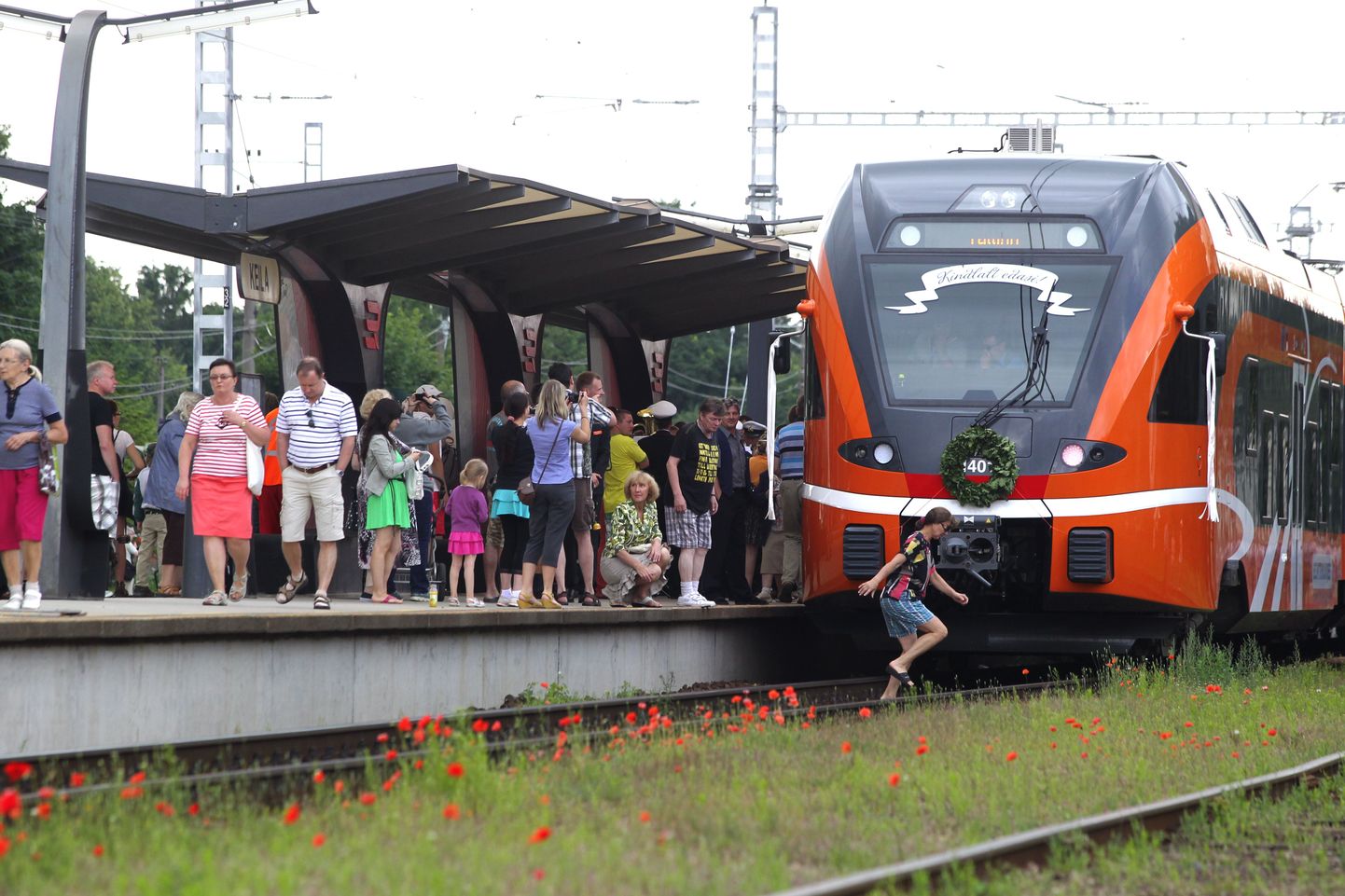Excitement related to the appearance of brand new «western» passenger trains is understandable. True, they offer no technological revolution as such. The speed and smoothness of the quiet ride, as well as air conditioning, time tables, Internet etc – from visits to Nordic neighbours, this is the old usual. Still, it is obviously a signpost: a mighty stride away from the space into which we were locked, for 50 years, by the twists of history.
We are quick to forget. Well into the 1990ies, Soviet type cars dominated our streets – technological relics of sorts, as compared to what was happening on the roads of Western Europe.
Street view does tell the story of a country’s development. Media coverage on former Soviet republics often kicks off by sightings of Ladas, Volgas and LAZ-buses in traffic. Thus, foreign guests to Tallinn never fail to take note of the rickety street cars or trams – waiting for their deserved rest in a museum. And despite the town government portraying itself as promoter of public transport – nothing short of a pioneer – the tram tracks still stick to their routes, older than half a century. No matter the numerous studies, research and visionary conferences.
In many ways, the modernised railway makes us more European. The new trains brought us pretty waiting platforms, inspiring the cleaning up and tidying the entire surroundings. Noticed by Tallinners, for instance, as they arrive in Nõmme.
It is also important, however, that the development would continue – like we have seen it in links to our islands. To begin with, the Soviet tank-carriers were changed for vessels meant for people. The contemporary passenger ferries are, in a large part, built for the specific local needs. All said: the isles are being reached with increasing speed and comfort.
For Estonian railways, the new trains ought to mean a new mentality. Surely this is not «it», for the next 30-40 years. The needs of the passengers keep changing; one has to keep in step with the times.
